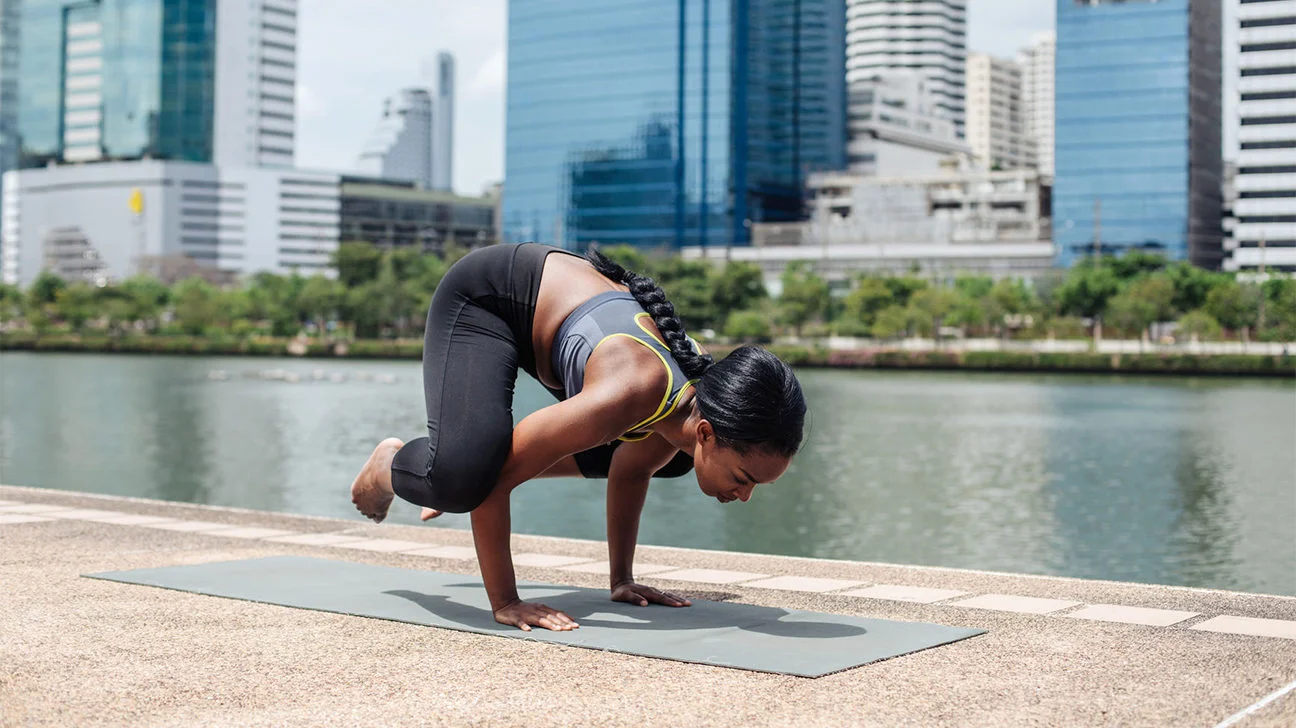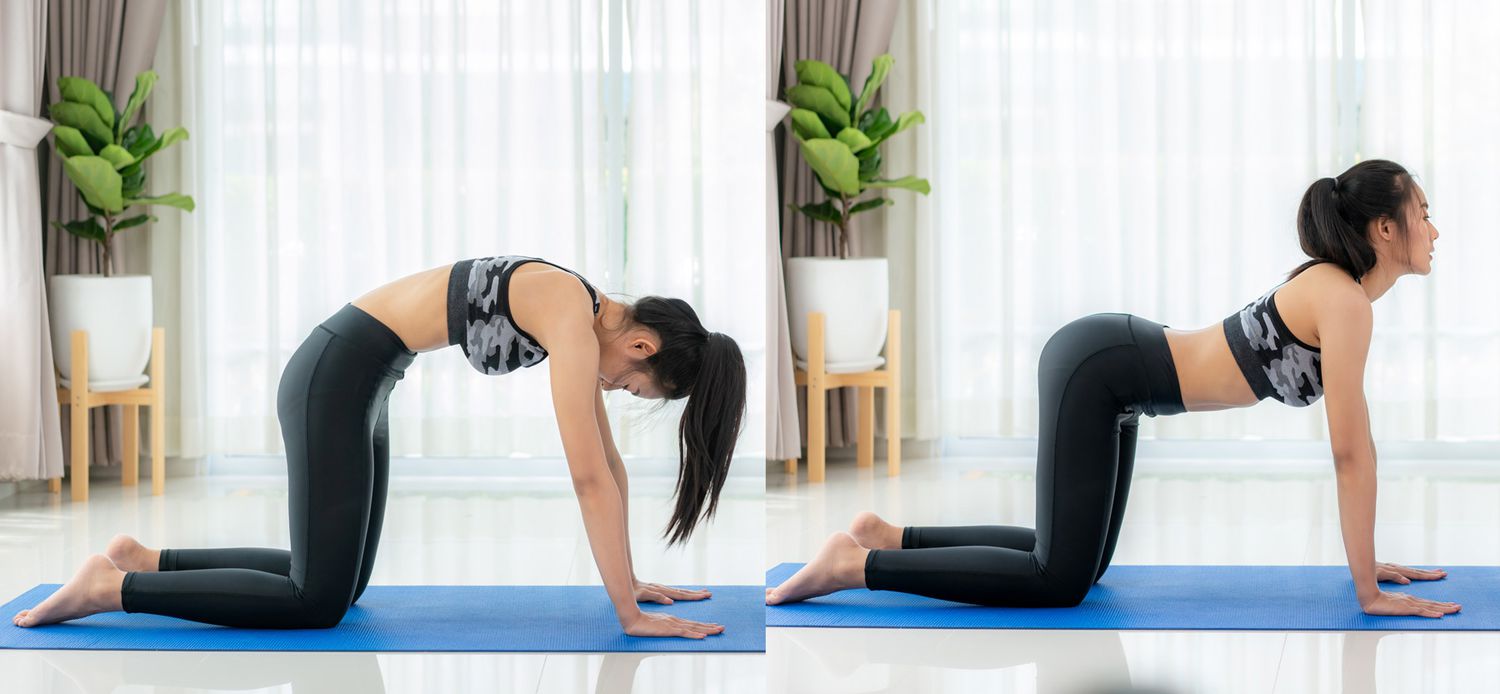Yoga is a mind and body practice with a 5,000-year history in ancient Indian philosophy. Various styles of yoga combine physical postures, breathing exercises, and meditation or relaxation.
The main components of yoga include:
- Physical postures: Yoga poses (asanas) are designed to increase strength, flexibility, and balance.
- Breathing exercises: Yoga breathing techniques (pranayama) are designed to increase oxygen flow and promote relaxation.
- Meditation or relaxation: Yoga meditation and relaxation techniques are designed to calm the mind and promote a sense of well-being.
Yoga can be practiced by people of all ages and fitness levels. It is a safe and effective way to improve physical and mental health.
Benefits of yoga for mental health
Yoga has been shown to have a number of benefits for mental health, including:
- Reduced stress: Yoga can help to reduce stress by promoting relaxation and reducing the production of stress hormones.
- Improved mood: Yoga can help to improve mood by increasing the production of feel-good hormones such as serotonin and dopamine.
- Reduced anxiety: Yoga can help to reduce anxiety by helping to calm the mind and body.
- Improved sleep: Yoga can help to improve sleep by promoting relaxation and reducing stress.
- Increased self-esteem: Yoga can help to increase self-esteem by promoting a sense of control and empowerment.
- Improved focus and concentration: Yoga can help to improve focus and concentration by training the mind to focus on the present moment.
- Increased energy levels: Yoga can help to increase energy levels by improving circulation and reducing fatigue.
How to start yoga
If you are new to yoga, it is a good idea to start with a beginner’s class. This will help you to learn the basic poses and breathing techniques. Once you have mastered the basics, you can move on to more advanced classes.
There are many different types of yoga, so it is important to find a style that suits your needs and interests. Some popular types of yoga include:
- Hatha yoga: Hatha yoga is a general term for any type of yoga that focuses on physical postures.
- Vinyasa yoga: Vinyasa yoga is a type of hatha yoga that links breath with movement.
- Iyengar yoga: Iyengar yoga is a type of hatha yoga that uses props to help students achieve correct alignment.
- Ashtanga yoga: Ashtanga yoga is a vigorous style of hatha yoga that follows a set sequence of poses.
- Bikram yoga: Bikram yoga is a type of hot yoga that is practiced in a room heated to 105 degrees Fahrenheit.
If you are not sure which type of yoga is right for you, it is a good idea to talk to a yoga instructor.
Tips for getting the most out of yoga
Here are a few tips for getting the most out of yoga:
- Find a comfortable place to practice. You should be able to relax and focus on your practice without feeling too hot or cold.
- Wear comfortable clothing. You should be able to move freely without feeling restricted.
- Bring a yoga mat. A yoga mat will help to protect your joints and provide a comfortable surface to practice on.
- Listen to your body. Don’t push yourself too hard. If you feel pain, stop the pose and rest.
- Be patient. It takes time to master the poses and breathing techniques. Don’t get discouraged if you don’t get it right away.
- Have fun! Yoga should be enjoyable. If you’re not having fun, you’re less likely to stick with it.
Yoga is a great way to improve your physical and mental health. It is a safe and effective practice that can be enjoyed by people of all ages and fitness levels. If you are looking for a way to reduce stress, improve your mood, or boost your overall well-being, yoga is a great option.









